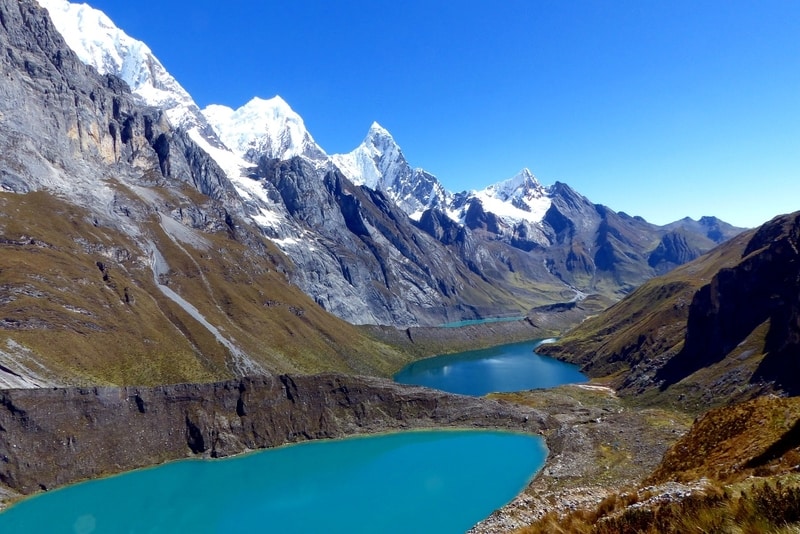According to a study using satellite images, glacial lakes have grown rapidly around the world in the last three decades, showing the impact of increased meltwater draining off melting glaciers.
—
The study, published in Nature Climate Change, entailed the team of scientists analysing more than 250 000 satellite images to assess how lakes formed by melting glaciers have been affected by global temperature rise.
Between 1990 and 2018, the number of glacial lakes has grown by 53%, expanding the amount of the planet covered by the lakes by about 51%. There are 14 394 glacial lakes spread over nearly 9 000 sq km of Earth’s surface. The researchers estimate that the volume of the world’s glacial lakes grew by 48% over this time and now hold 156.5 cubic km of water.
Stephan Harrison, a professor of climate and environmental change at Exeter University and one of the researchers in the study, says, “Our findings show how quickly Earth surface systems are responding to climate change, and the global nature of this. More importantly, our results help to fill a gap in the science because, until now, it was not known how much water was held in the world’s glacial lakes.”
You might also like: What Would Happen To The Climate If We Stopped Greenhouse Gas Emissions Immediately?
What are Glacial Lakes?
Glacial lakes are an important source of freshwater for many people around the world, particularly in Asia and parts of South America. However, they also present a growing risk from floods that can destroy villages, roads, pipelines and other infrastructure.
The scientists highlight particular threats to hydroelectric power plants in the Himalayas, the Trans-Alaska pipeline and major roadways such as the Karakoram highway between China and Pakistan.
The fastest-growing lakes are in Scandinavia, Iceland and Russia, which all more than doubled in size, whereas the slower-growing ones are in Patagonia and Alaska. However, because many of the lakes in these regions are already vast, the increases are huge. In the north of Greenland, glacial lakes are growing rapidly and in south-west Greenland, some glacial lakes shrunk, but this was because they had already drained.
Harrison says, “As lakes get bigger, there is more water in them to drain quickly and produce glacial lake outburst floods (GLOFs). Such events have killed tens of thousands of people over the past century and destroyed valuable infrastructure, such as hydroelectric power schemes. However, this is a complex issue. Some lakes become less vulnerable to GLOF triggers as they get bigger, but the more water that is available will tend to make the GLOF worse if one occurs.”
Scientists are working hard on ways to predict when GLOFs will occur but these events are rapid and unpredictable. There is often little to no warning when a glacial lake might burst because the natural dams that hold glacial lakes are unstable, so a small break can quickly become a gaping hole.

















